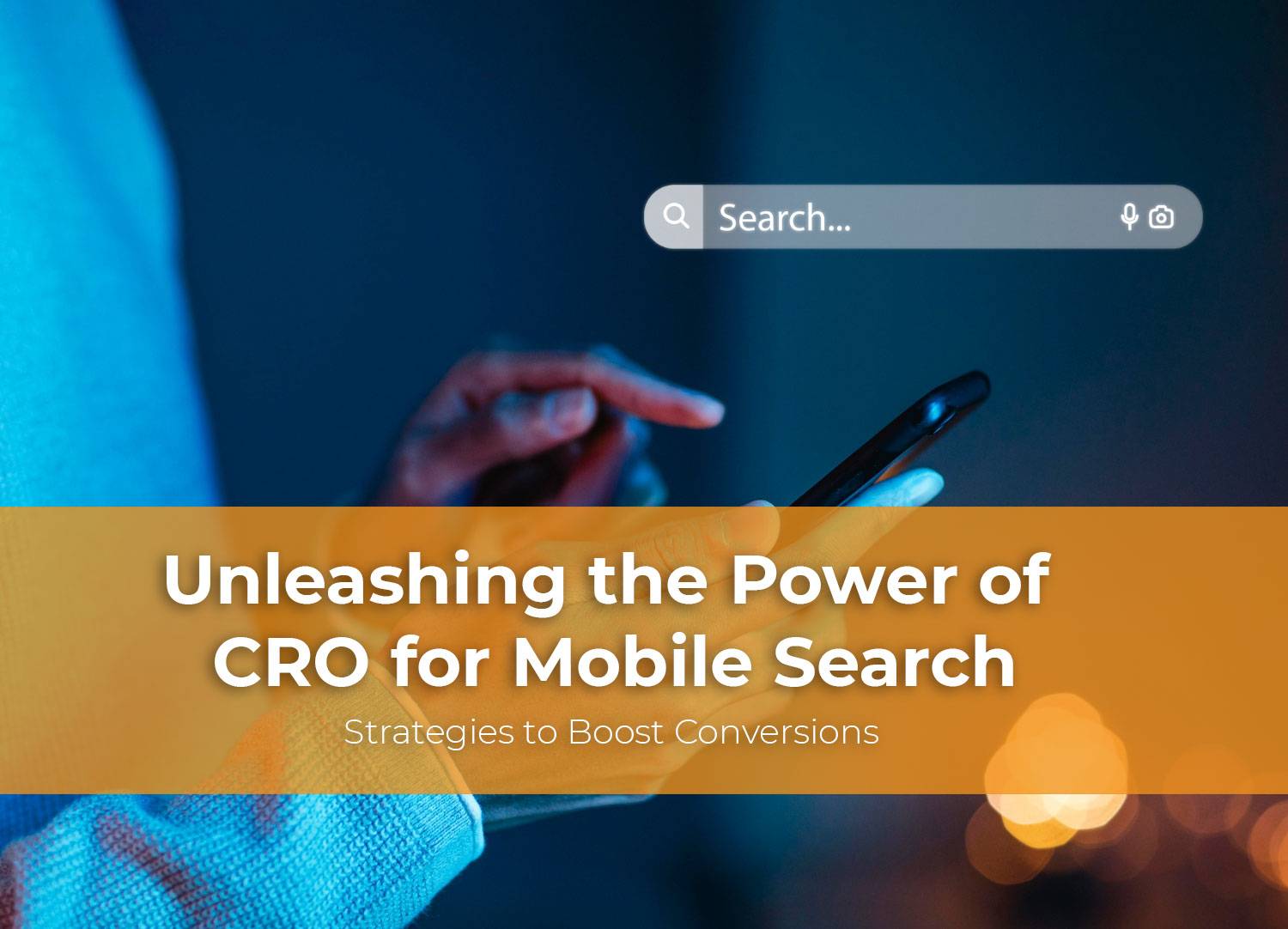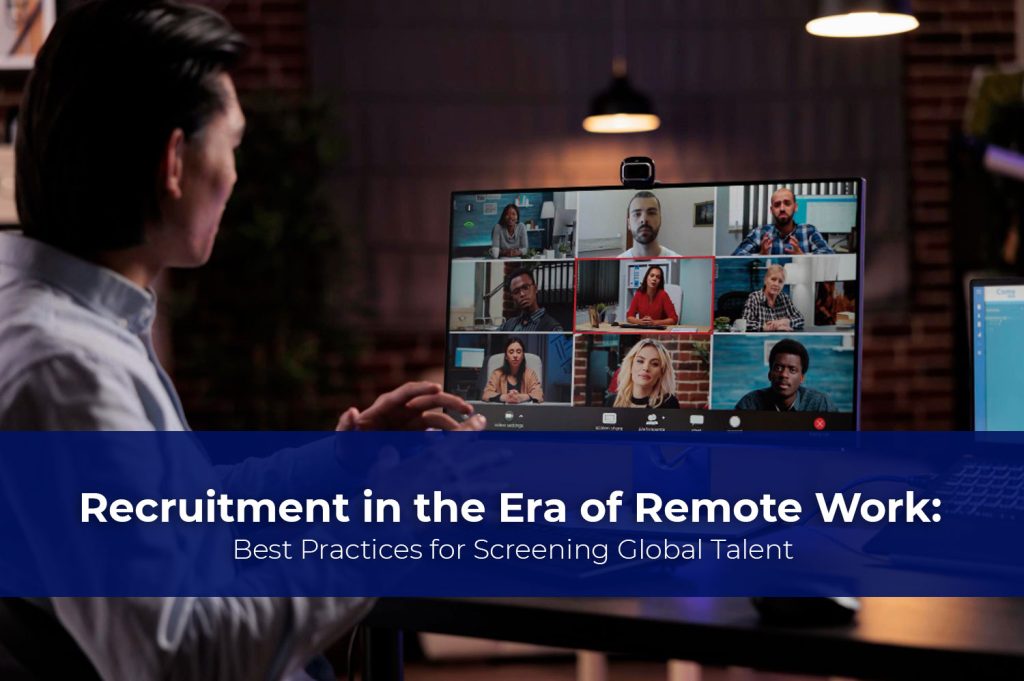The CRO process for mobile search is an ongoing cycle that involves several key steps:
Before diving into the optimization process, it’s essential to establish clear goals and key performance indicators (KPIs) for your mobile search strategy. These objectives should align with your overall business goals and can include metrics such as conversion rate, average order value, and user engagement.
To create a truly optimized mobile experience, businesses must first understand the unique needs and expectations of mobile users. This involves analyzing mobile search trends, user engagement patterns, and device-specific behaviors. By gaining insights into how users interact with your site on mobile devices, you can identify areas for improvement and tailor your strategy accordingly.
Mobile users interact with websites differently than desktop users, often exhibiting unique engagement patterns. For example, mobile users may be more likely to use touch gestures, such as swiping and tapping, and may have shorter attention spans due to the nature of mobile browsing. Analyzing these patterns can help you identify opportunities to improve your site’s usability, making it more engaging and accessible for mobile users.
Once you’ve analyzed mobile user behavior, it’s time to implement a mobile-first design and content strategy. This includes creating responsive web designs that automatically adapt to different screen sizes, ensuring fast page load times, and crafting compelling calls to action (CTAs) that are optimized for mobile devices. Accelerated Mobile Pages (AMP) can also be utilized to provide a faster and more streamlined browsing experience.
































